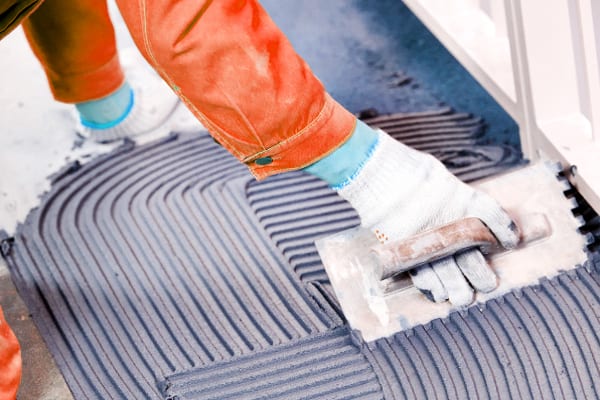
Flood Damage Repair Tips and Safety Reminders
Flood damage repair is tough work. After the arduous flood recovery journey that started with extracting the water from your home or business, progressed to drying and then gutting it, chances are you’re reaching the limits of your endurance and patience.
Now you have to put it back together and try to reclaim your life or keep your business running. It can be hard to keep focus on some important considerations as you repair and rebuild, leading to more problems you don’t need. So we put together some tips and reminders to help you avoid more headaches.
Flood Damage Repair Phase 1: Take Stock
Before you begin your flood damage repair project, take a breath and look the place over. Keep these considerations in mind as you plan your repairs:
- Can you install features or rebuild in a way to prevent the same kind of flooding in the future? Perhaps your basement flooded as a result of hydrostatic pressure from groundwater. Could vapor barriers, additional sealants and other construction features help prevent a repeat of the flooding next year? Did plumbing fail? Do you need to inspect and repair the rest of your plumbing? If your property flooded due to a structural flaw, plumbing failure or maintenance problem, ensure that you include a fix in your flood damage repair plan.
- Does it make sense to use antifungal primers and other products to prevent mold infestation? Newcomers to Denver and the Front Range are often surprised to learn that, yes, mold is a problem in our alpine desert climate. That’s because mold produces millions of spores during dry spells to ensure its survival as a species. So when water returns, mold is ready to explode into disgusting, potentially hazardous infestations.
- Do I need a new sump pump? Your basement sump pump should activate automatically when water is present in the sump. If it’s been in service for more than 10 years, consider replacing it.
- What else can I do to protect my property from future flooding? Maybe your downspouts don’t extend far enough out from your foundation. Or perhaps a culvert became clogged, causing a drainage ditch to overflow and inundate your home or business with water.
Flood Damage Repair Phase 2: Stay Safe
Once you have a plan to repair and rebuild your flood damaged property, taking reasonable precautions to reduce the chances and severity of future flooding, it’s time to get to work. But hold on just a little longer and think about safety. Keep these safety tips in mind:
- Flood water is gross. Standing water can leave residues of chemical and biological contaminants ranging from cleaning chemicals to pest and pet waste. Treat the environment as hazardous, because it is. Use protective equipment (you can get protective outerwear at hardware stores) and make sure you clean tools, equipment and yourself thoroughly after flood damage repair work.
- Standing water can degrade structural integrity. Water is a solvent that breaks down all sorts of building materials. Be cautious on staircases and while working in buildings that sustained major flood damage or in which even modest amounts of water stood for more than a day or two.
- Test for asbestos. Asbestos is a tough fiber used in many building materials. It has been conclusively proven to cause cancer, but is safe when encapsulated, as it is in flooring and other construction elements. The problem is that water and demolition can break the deadly fibers up and introduce them into the environment to be breathed in or ingested by your family, employees or repair workers. For this reason, there are strict federal and state regulations for the safe handling and disposal of asbestos containing material.
Flood Damage Repair Help
Remember, if you feel overwhelmed, we’re here to help. Call Professional Restoration for Excellence in Property Damage Repair!
Denver Flood Damage Repair You Trust – Call Professional Restoration!

